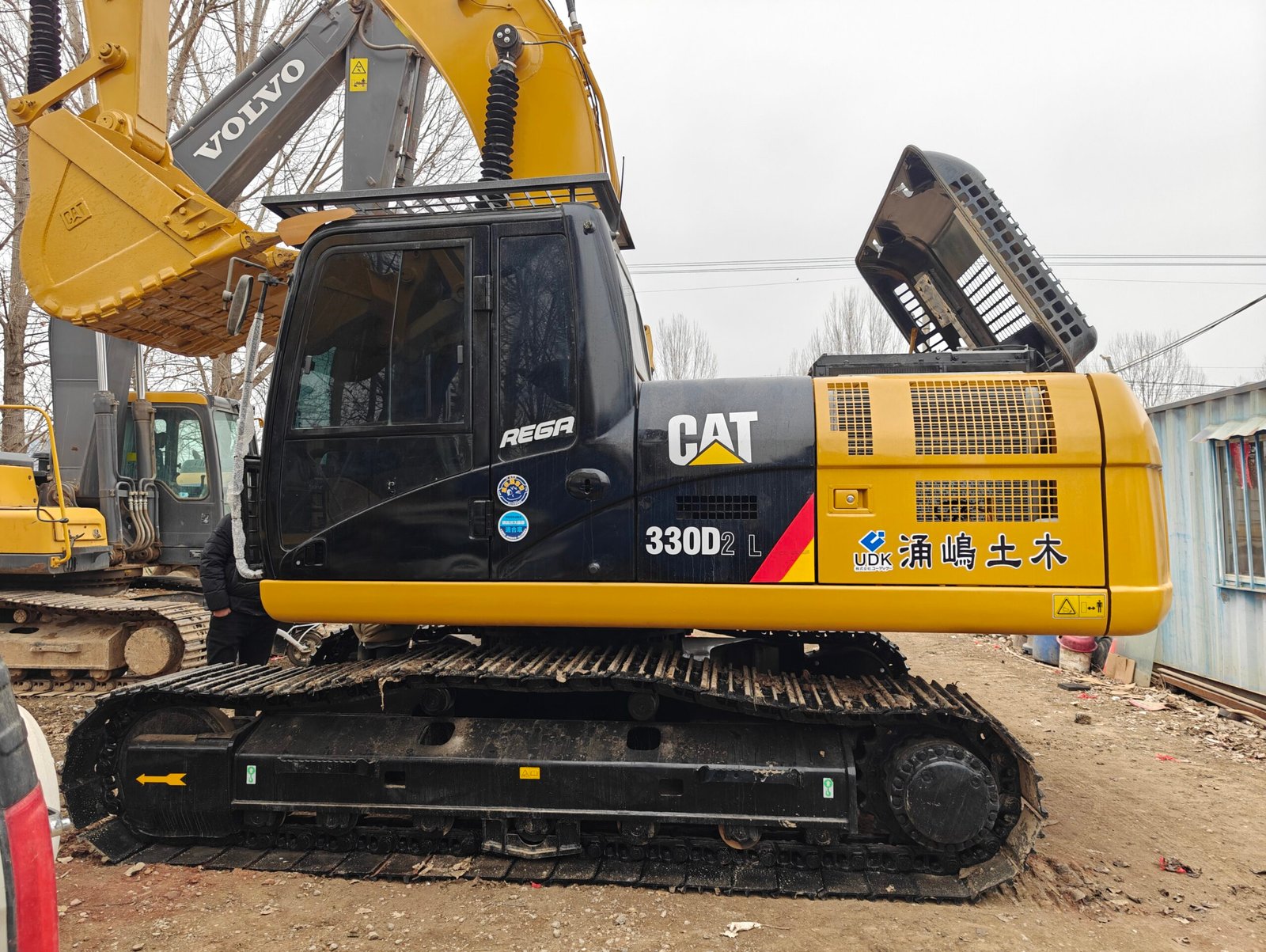Introduction
- Introduction to CAT: Caterpillar (CAT) is a leading manufacturer of heavy machinery, known for its durable and high-performance excavators.
- Importance of Choosing the Right Size: In my construction projects, selecting the proper CAT excavator size is crucial for maximizing efficiency and safety.
1. Understanding Excavator Sizes
- Definition of Excavator Size: Excavators are categorized based on their operating weight, digging depth, and reach.
- Impact of Size: I’ve observed that the size of the excavator affects its performance, maneuverability, and suitability for different tasks.
2. Types of CAT Excavators
2.1 Mini Excavators
- Description and Uses: Mini excavators are ideal for tight spaces and small projects, such as landscaping. I often use the CAT 302.7 CR for urban jobs.
2.2 Compact Excavators
- Characteristics and Applications: Compact excavators offer a balance of power and size. I prefer the CAT 303.5E CR for medium-scale earthmoving tasks.
2.3 Standard Excavators
- Features and Versatility: Standard excavators are versatile and suitable for various construction tasks. The CAT 320 is my go-to for larger projects due to its efficiency.
2.4 Large Excavators
- Overview of Large Excavators: Designed for heavy-duty applications, large excavators like the CAT 336 excel in mining and large-scale earthmoving.

3. Factors to Consider When Choosing Size
- Project Specifications: I determine the excavator size based on project requirements to ensure I meet deadlines.
- Site Conditions: In confined spaces, I find mini or compact excavators are more effective.
- Budget Constraints: After evaluating costs, I select the most cost-effective CAT excavator for my needs.
4. Benefits of Using the Right Size Excavator
- Enhanced Efficiency: The right excavator helps me complete tasks faster and more effectively.
- Cost Reduction: Proper size selection can lower fuel and maintenance costs.
- Improved Safety: A well-sized excavator minimizes risks on site, ensuring a safer working environment.
5. Comparison of CAT with Other Brands
5.1 Advantages
- Innovative Technology: CAT is known for its cutting-edge technology, which I appreciate for its efficiency.
- Durability: CAT excavators are built to last, providing reliability in tough conditions.
- User-Friendly Operation: The intuitive controls make it easy for me to operate, reducing training time.
5.2 Disadvantages
- Higher Initial Investment: CAT excavators can be pricier than some competitors, which I consider in my budget.
- Maintenance Costs: In some areas, parts and servicing can be more expensive.
6. Why I Prefer CAT
- Brand Trust: CAT has a strong reputation in the industry, and I trust their products.
- Excellent Support: Their after-sales service is comprehensive, giving me peace of mind.
- Adaptability: CAT excavators can handle a variety of tasks, meeting my diverse needs.
7. Insights on Used CAT Machinery
- Cost-Effectiveness: Used CAT machinery offers great value while maintaining performance.
- Reliability: I find that CAT’s durability extends to their used equipment.
- Maintenance History: When buying used, I pay attention to the maintenance record to ensure reliability.
- Market Value: CAT machinery tends to retain its value well, making it a smart investment.
Conclusion
- Reiterating the Importance of Choice: I highlight the importance of equipment selection in project planning to ensure success.
- Encouragement to Consult Experts: I recommend collaborating with professionals for the best equipment advice.



